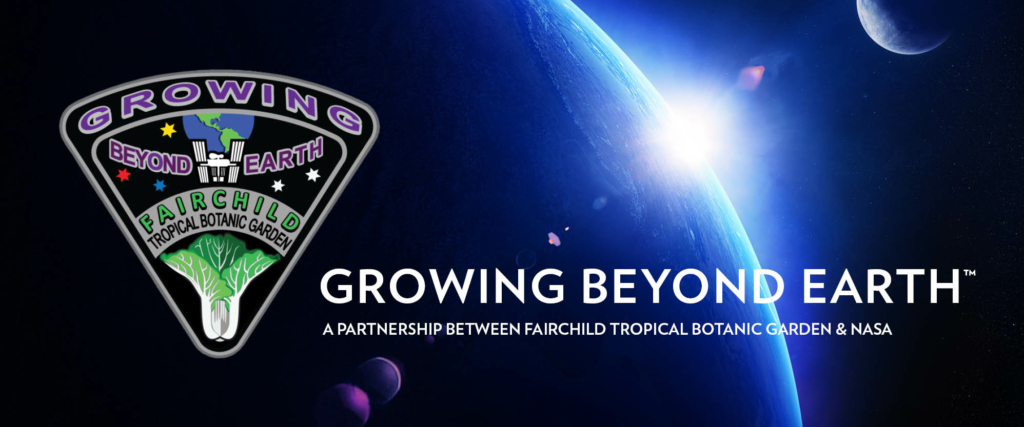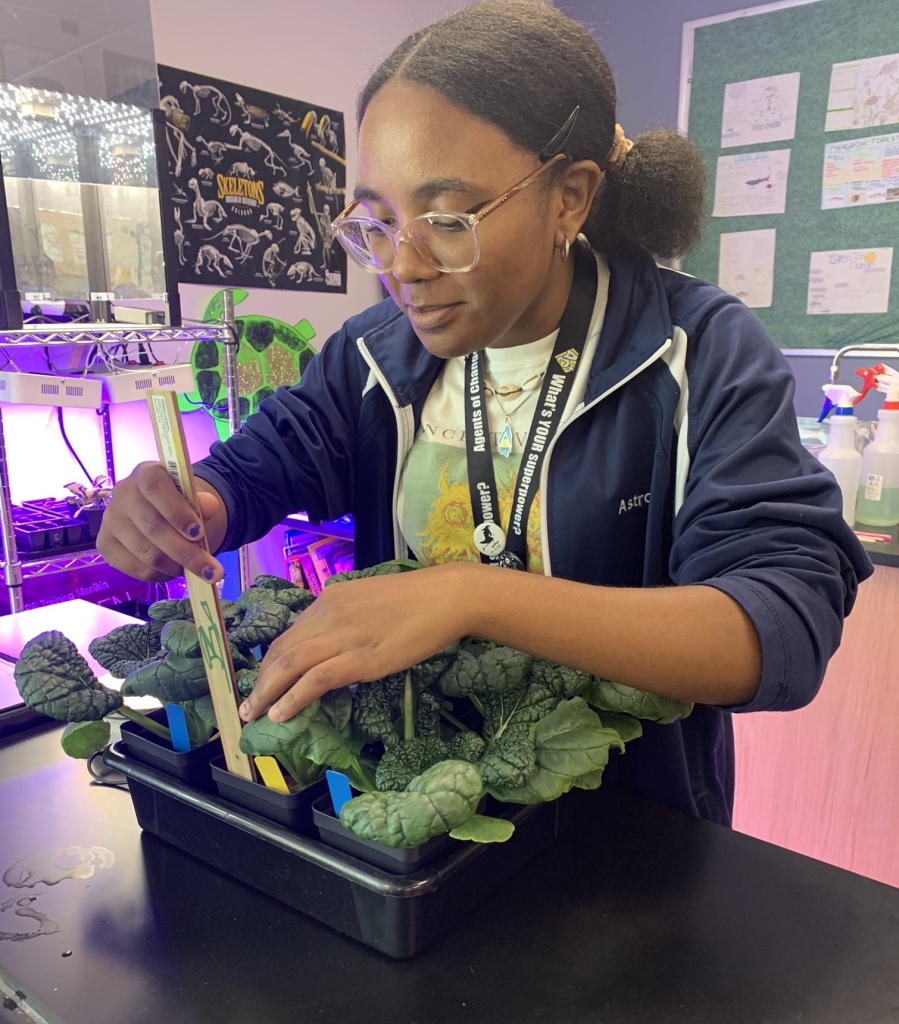As NASA looks toward a long-term human presence beyond Earth’s orbit, there are specific science, technology, engineering, and math (STEM) challenges related to food production in space. Established in 2015 as a partnership between Fairchild Tropical Botanic Garden and NASA’s Exploration Research and Technology Programs, Growing Beyond Earth (GBE) enables student community scientists to actively contribute data toward NASA mission planning.
Voyages beyond Earth’s orbit will subject spacecraft, crew, and onboard vegetation to galactic cosmic radiation. For this study, seeds were subjected to neutron radiation, mimicking the radiation anticipated during a Mars mission. The experiment’s objective is to ascertain if such radiation exposure influences the growth and productivity of the resulting plants.
On the International Space Station (ISS), resources for growing plants are limited. In closed system agriculture, every gram, ml, and kilowatt is accounted for. This year, NASA scientists need your help to determine the optimal light solution for maximizing plant growth while minimizing the input of the other resources e.g. plants prefer certain wavelengths to grow. To produce those wavelengths more or less electricity is needed to have plants grow faster but also more water is needed to increase the yield. The comparison of kwhours/g or liters/g are great factors to compare the yields exposed to different environmental conditions. As with all GBE trials, this trial will require very detailed and accurate data collection and note-taking.
Irradiated Seeds Research Protocols (REVISED 09-18-2023)
A medida que la NASA mira hacia una presencia humana a largo plazo más allá de la órbita de la Tierra, existen desafíos específicos de ciencia, tecnología, ingeniería y matemáticas (STEM, por sus siglas en inglés) relacionados con la producción de alimentos en el espacio. Establecido en 2015 como una asociación entre el Jardín Botánico Tropical Fairchild y los Programas de Investigación y Tecnología de Exploración de la NASA, Growing Beyond Earth (GBE) permite a los científicos de la comunidad estudiantil contribuir activamente con datos para la planificación de misiones de la NASA.
Los viajes más allá de la órbita de la Tierra someterán a las naves espaciales, la tripulación y la vegetación a bordo a la radiación cósmica galáctica. Para este estudio, las semillas se sometieron a radiación de neutrones, imitando la radiación anticipada durante una misión a Marte. El objetivo del experimento es determinar si dicha exposición a la radiación influye en el crecimiento y la productividad de las plantas resultantes.
En la Estación Espacial Internacional (ISS), los recursos para el cultivo de plantas son limitados. En la agricultura de sistema cerrado, cada gramo, ml y kilovatios. Este año, los científicos de la NASA necesitan su ayuda para determinar la solución de luz óptima para maximizar el crecimiento de las plantas y minimizar la entrada de otros recursos, por ejemplo, las plantas prefieren ciertas longitudes de onda para crecer. Para producir esas longitudes de onda, se necesita más o menos electricidad para que las plantas crezcan más rápido, pero también se necesita más agua para aumentar el rendimiento. La comparación de horas/g o litros/g son grandes factores para comparar los rendimientos expuestos a diferentes condiciones ambientales.
Protocolos de Investigación de Semillas Irradiadas (REVISADO 09-18-2023)


